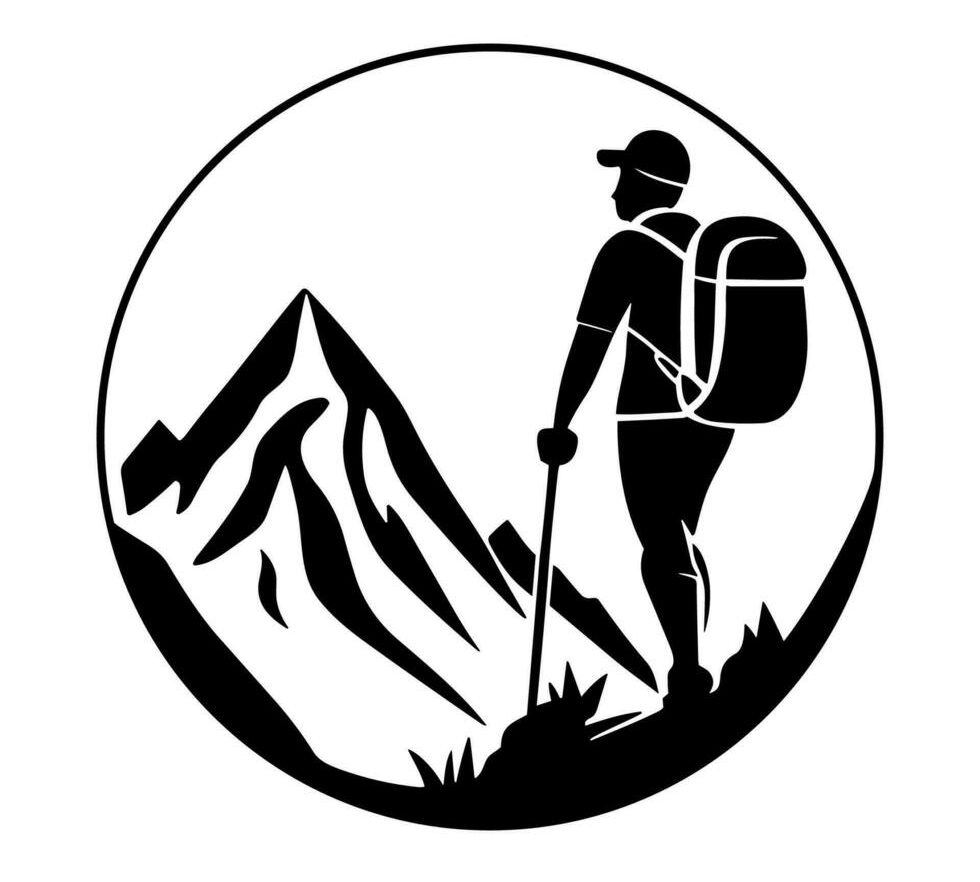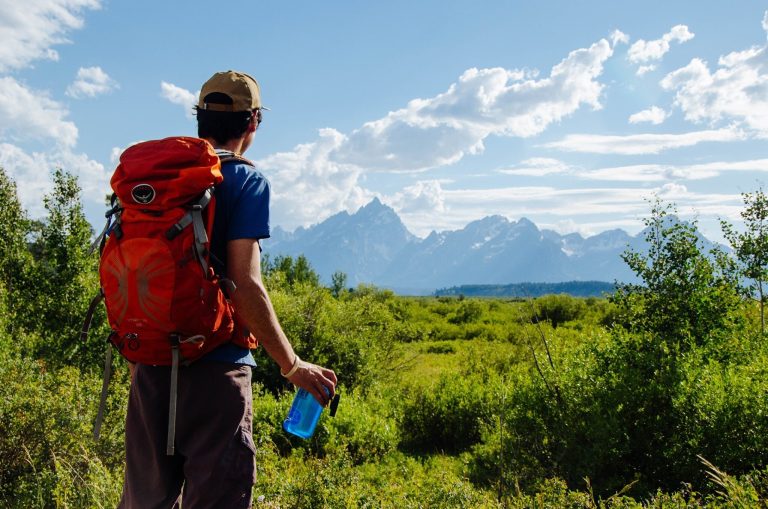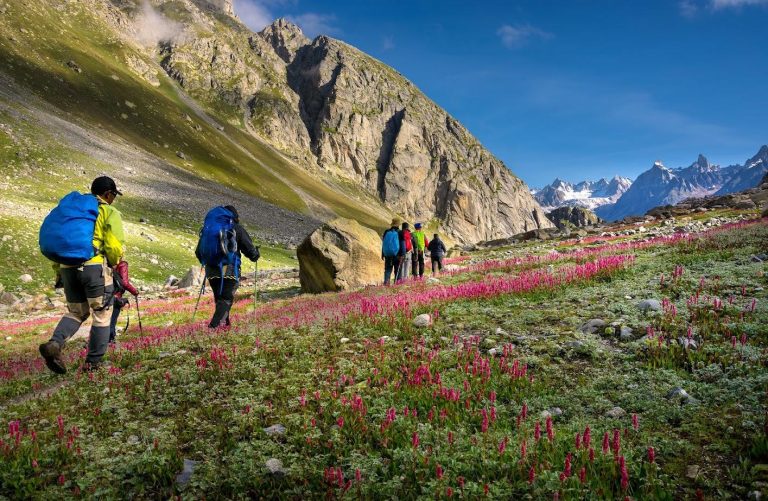How to Plan a Day Hike: A Beginner’s Guide
1. Choose the Right Trail for You
The first step to planning your hike is selecting a trail that matches your experience and fitness level. If you’re new to hiking, start with a short, well-maintained path with minimal elevation changes. Look for local parks or nature reserves that offer beginner-friendly routes. Many websites and apps, like AllTrails, offer detailed information about trail length, difficulty, and reviews from other hikers.
Things to keep in mind:
Time: Check how long the hike typically takes and ensure it fits within your schedule. Don’t plan for more than 4-6 hours unless you’re comfortable with longer walks.
2. Pack Light, but Bring What You Need
While you don’t need to bring a lot of gear for a day hike, there are a few important items you should have with you to stay comfortable and prepared.
Essentials to pack:
Map or GPS: Always have a trail map or a GPS device to help you navigate. While some trails are well-marked, it’s always good to be prepared in case you need extra guidance.
If you’re new to hiking, here are a few simple tips to help you begin your adventure:
Water: Hydration is key. Carry enough water for the entire hike, and make sure to drink regularly along the way.
3. Check the Weather
Before setting out, check the weather forecast for the day of your hike. Weather can change quickly, especially in the mountains or during different seasons, so it’s important to be prepared for unexpected conditions.
4. Wear the Right Gear
Wearing the right clothing and footwear can make or break your hike. Even for a short trip, comfortable, supportive shoes or boots are essential for avoiding blisters and injuries.
What to wear:
Sun Protection: If it’s a sunny day, be sure to wear sunscreen, sunglasses, and a hat to protect your skin from UV rays.
5. Know Your Limits
It’s important to hike at a pace that’s comfortable for you. Don’t feel pressured to keep up with more experienced hikers—take your time, enjoy the scenery, and listen to your body. If you’re feeling tired or unsure, don’t hesitate to take a break or even turn around early if necessary.
6. Leave No Trace
One of the most important aspects of hiking is respecting nature. When you hit the trails, it’s essential to follow the Leave No Trace principles to minimize your impact on the environment.
Leave No Trace guidelines:
Respect wildlife: Observe animals from a distance and avoid feeding them. Wild animals can carry diseases and might react unpredictably if approached.
7. Have Fun and Enjoy the Journey
Hiking is a wonderful opportunity to disconnect from daily stresses and immerse yourself in the beauty of nature. Take time to pause and appreciate the sights, sounds, and smells of the environment around you. Capture the moment with photos, but remember that the true joy of hiking lies in the experience itself, not just the destination.
Planning your first day hike doesn’t need to be overwhelming. With the right preparation and mindset, you’ll be ready to hit the trails and enjoy the great outdoors. Whether you’re walking through a peaceful forest or reaching the top of a hill with stunning views, hiking offers a chance to reconnect with nature and recharge your mind. So, lace up your boots, grab your gear, and get ready for an unforgettable adventure on the trails!
Pack out your trash: Always take any wrappers, bottles, or other litter with you when you leave.
Stay on the trail: Stick to marked paths to prevent damaging fragile ecosystems and plants. Avoid shortcuts or straying off the trail.
Key points:
Turn back if needed: If the trail feels too difficult or the weather turns bad, it’s okay to stop and head back. It’s always better to be safe than to push yourself too hard.
Pace yourself: Take short breaks to catch your breath, hydrate, and rest. A relaxed pace will allow you to enjoy the hike more and keep you energized.
Footwear: Sturdy shoes or boots with good traction are key. If you’re hiking on rocky or uneven terrain, boots with ankle support are ideal.
Clothing: Choose moisture-wicking clothing to help you stay cool and dry. Avoid cotton, as it traps moisture and can make you cold if it gets wet. Instead, opt for synthetic or wool fabrics.
What to look out for:
Temperature: Pay attention to the temperature and wind. Make sure to pack clothing that keeps you comfortable, whether it’s layers for warmth or breathable fabric for sunny conditions.
Rain or Storms: If the forecast predicts rain or storms, it’s better to reschedule your hike. Wet trails can be slippery and dangerous, and thunderstorms can increase the risk of lightning strikes.
Snacks: Healthy, portable snacks like nuts, trail mix, or an energy bar will keep your energy levels up.
Clothing: Dress in layers so you can easily adjust to changes in weather. A lightweight jacket, hat, and sunscreen are always a good idea, even if the weather seems mild.
Distance: For your first hike, aim for a trail that is no longer than 3-5 miles.
Terrain: Choose a trail with manageable terrain, avoiding steep or rocky paths until you gain more experience.
Know Your Limits Don’t push yourself too hard on your first hike. Take your time, enjoy the journey, and know when it’s time to turn around or take a break. It’s more about enjoying nature than rushing to the end.
Choose an Easy Trail Start with a beginner-friendly trail. Look for trails that are well-marked and offer relatively flat or gently sloping terrain. Many national parks and local nature reserves have short, easy trails perfect for beginners.
Wear Comfortable Footwear Good footwear is essential when hiking. Make sure you have sturdy shoes or boots that provide good support and grip. Avoid wearing brand new shoes to prevent blisters. If you’re going on a longer hike, consider investing in a pair of hiking boots with ankle support.
Pack Light but Smart For a day hike, you don’t need to carry a lot. The essentials include:
Water: Stay hydrated throughout your hike.
Snacks: Energy bars, nuts, or fruit can keep your energy up.
First Aid Kit: A small kit with band-aids, antiseptic wipes, and blister treatment can be helpful.
Sunscreen and Hat: Protect yourself from the sun, even on cloudy days.
Check the Weather Always check the weather forecast before heading out. Hiking in extreme heat or cold can be dangerous, so be prepared for any weather conditions that may arise.



